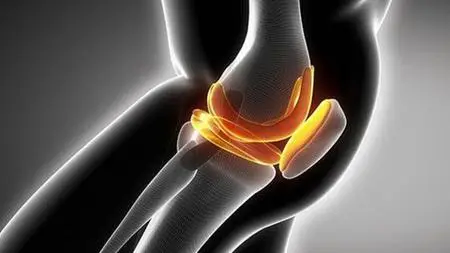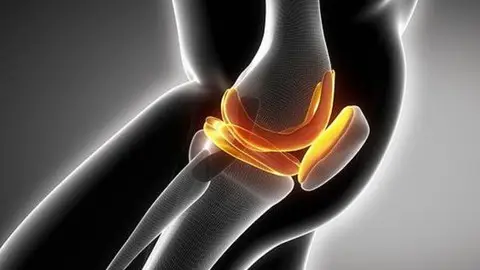Cartilage Tissue Engineering
Published 11/2022
MP4 | Video: h264, 1280x720 | Audio: AAC, 44.1 KHz
Language: English | Size: 235.80 MB | Duration: 0h 32m
Published 11/2022
MP4 | Video: h264, 1280x720 | Audio: AAC, 44.1 KHz
Language: English | Size: 235.80 MB | Duration: 0h 32m
cartilage healing
What you'll learn
Cartilage structure
Cartilage damage
Cartilage tissue engineering
Cells in cartilage tissue engineering
Scaffolds in cartilage tissue engineering
Growth factors in cartilage tissue engineering
Requirements
System requirements: PC, laptop or mobile device (with Udemy app) and broadband connectivity.
Course requirements: There are no pre-requisite or other course requirements.
Description
Loss of cartilage regardless of the cause is problematic because of the extremely limited repair capacity of the tissue. Cartilage transplantation has never met success because of the scarcity of donor sites and the associated morbidity in the harvest procedures. It is known that the functional properties of cartilage are mainly dependent on its extracellular matrix (ECM) components. One common strategy involves the incorporation of different biomaterials, such as synthetic and natural polymers, to mimic the real ECM of this tissue. Niche signaling influences the mesenchymal stem cell (MSC) differentiation to chondrocytes. This microenvironment, or niche, could be established by a welldesigned polymeric scaffold together with the appropriate growth factor. Because cartilage is composed mainly of water, devices intended for its substitution or tissue regeneration should be made of a material that can hold large amounts of water and should also have good handling properties to withstand loads imparted by the cells and ECM during in vitro culturing.In recent years, different types of biocompatible biomaterials have used to repair cartilage damage by stem cells. Generally, cell activity is maintained inside a three‐dimensional scaffold. Synthetic hydrogels with suitable physical and chemical properties considered as tissue engineering scaffolds and are a model for the differentiation of stem cells and the interaction between cells and the extracellular matrix. In cartilage repair, using noninvasive methods to transfer cells or release biologically active molecules into the lesion site is recommended.This course provides an overview of:•Cartilage structure•Cartilage damage•Cartilage tissue engineering•Cells in cartilage tissue engineering•Scaffolds in cartilage tissue engineering•Growth factors in cartilage tissue engineeringThis course can be useful for students of tissue engineering, polymer and medical engineering and interested in this field.
Overview
Section 1: Introduction
Lecture 1 Introduction
Section 2: Cartilage structure
Lecture 2 Cartilage structure
Section 3: Cartilage damage
Lecture 3 Cartilage damage
Section 4: Cartilage tissue engineering
Lecture 4 Cartilage tissue engineering
Section 5: Cells in cartilage tissue engineering
Lecture 5 Cells in cartilage tissue engineering
Section 6: Scaffolds in cartilage tissue engineering
Lecture 6 Scaffolds in cartilage tissue engineering
Section 7: Growth factors in cartilage tissue engineering
Lecture 7 Growth factors in cartilage tissue engineering
Section 8: Thanks
Lecture 8 Thanks
Section 9: Reminder
Lecture 9 Tissue engineering
Lecture 10 Cartilage tissue engineering
Lecture 11 Bone tissue engineering
biomaterial engineers,polymer engineers,medical engineers,Anyone interested in this field



